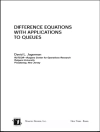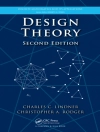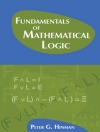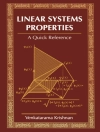For a given meromorphic function I(z) and an arbitrary value a, Nevanlinna’s value distribution theory, which can be derived from the well known Poisson-Jensen for- mula, deals with relationships between the growth of the function and quantitative estimations of the roots of the equation: 1 (z) – a = O. In the 1920s as an application of the celebrated Nevanlinna’s value distribution theory of meromorphic functions, R. Nevanlinna [188] himself proved that for two nonconstant meromorphic func- tions I, 9 and five distinctive values ai (i = 1, 2, 3, 4, 5) in the extended plane, if 1 1- (ai) = g-l(ai) 1M (ignoring multiplicities) for i = 1, 2, 3, 4, 5, then 1 = g. Fur- 1 thermore, if 1- (ai) = g-l(ai) CM (counting multiplicities) for i = 1, 2, 3 and 4, then 1 = L(g), where L denotes a suitable Mobius transformation. Then in the 19708, F. Gross and C. C. Yang started to study the similar but more general questions of two functions that share sets of values. For instance, they proved that if 1 and 9 are two nonconstant entire functions and 8 , 82 and 83 are three distinctive finite sets such 1 1 that 1- (8 ) = g-1(8 ) CM for i = 1, 2, 3, then 1 = g.
Pei-Chu Hu & Ping Li
Unicity of Meromorphic Mappings [PDF ebook]
Unicity of Meromorphic Mappings [PDF ebook]
¡Compre este libro electrónico y obtenga 1 más GRATIS!
Idioma Inglés ● Formato PDF ● ISBN 9781475737752 ● Editorial Springer US ● Publicado 2013 ● Descargable 3 veces ● Divisa EUR ● ID 4605135 ● Protección de copia Adobe DRM
Requiere lector de ebook con capacidad DRM












